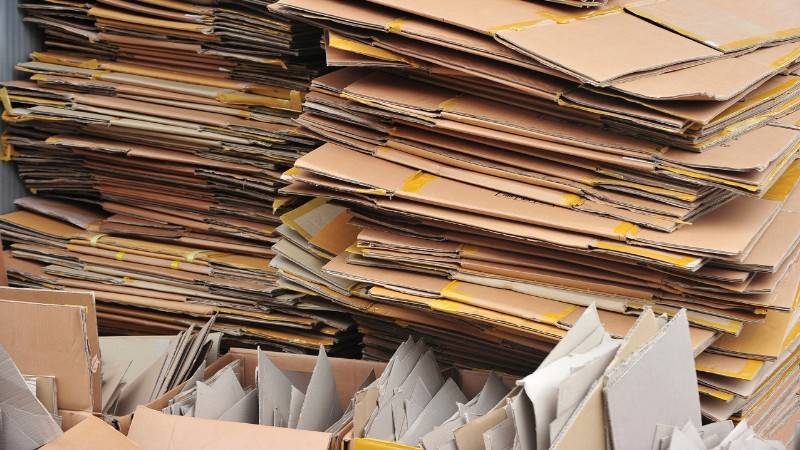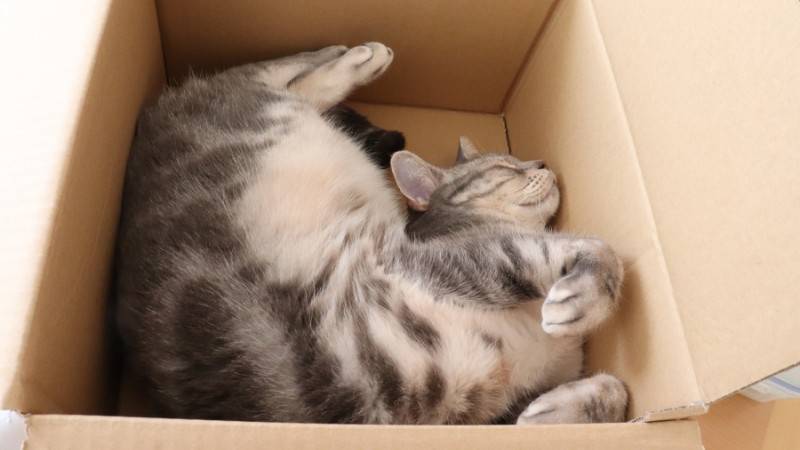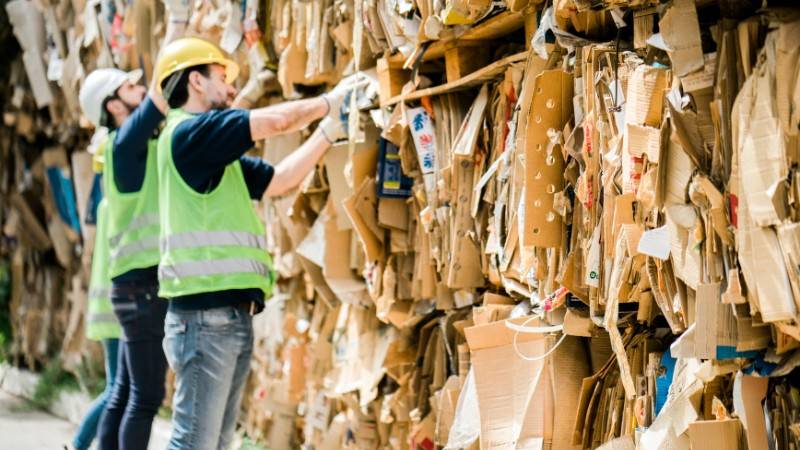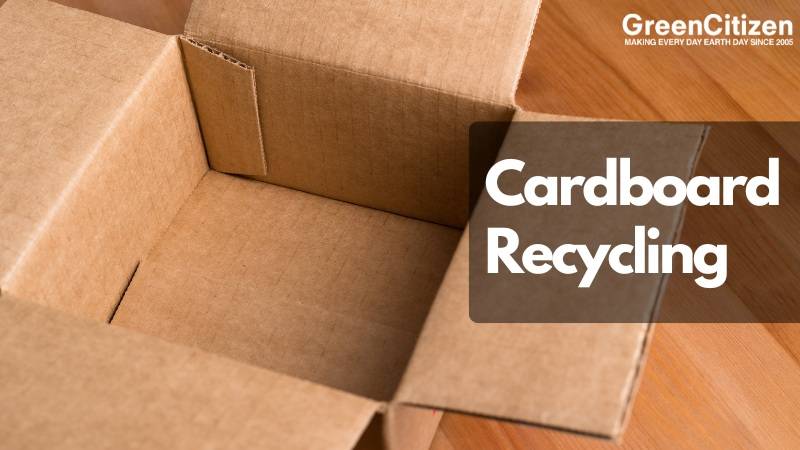Did you know the term “cardboard” was first mentioned in Anne Brontë’s 1848 novel The Tenant of Wildfell Hall? Since then, cardboard has become a go-to packaging material, loved for its affordability, lightweight nature, and impressive durability.
One of the best things about cardboard is how easy it is to recycle. In fact, cardboard recycling uses 75% less energy compared to producing new products from raw materials. Just recycling one ton of cardboard saves energy equal to 46 gallons of oil—a massive win for the environment!
But how does cardboard recycling work, and can it even save you money? Stick around as we dive into everything you need to know about giving your old boxes a second life.
Can You Recycle Cardboard?
Yes, you can recycle cardboard.
There are two main types of cardboard — paperboard and corrugated cardboard. Single-layer paperboard is typically used for foods and consumer goods, like cereal boxes and shoe boxes. Corrugated cardboard, on the other hand, has corrugated paper sandwiched between two liner sheets, which makes it suitable for the mail and wholesale goods.
But not all cardboard can go to the recycling bin.
You shouldn’t throw pizza boxes with oil stains and food remains into the recycling bin, as paper mills won’t accept them. Grease and chemicals can contaminate the cardboard and make it harder to separate paper fibers, compromising the whole recycling process.
How To Recycle Cardboard?

First, you need to break down the boxes. You can use a box cutter to cut through the tape that keeps the box together.
Just make sure there are no packing materials like packing peanuts, plastic bags, or bubble wrap left inside. Fold the large sheets so they fit into your recycling cart. This is also a good time to check the cardboard for wet parts and contaminants.
If the cardboard boxes get wet, make sure to cut out those parts. Paper mills don’t accept wet cardboard because not only is it heavier than dry cardboard, but also because once it dries the fibers get stiffer.
Oil and food stains are also a problem because they may interfere with the chemicals used to break cardboard down.
So, if you’re recycling pizza boxes, cut out the greased or soiled parts.
Alternative Ways to Dispose of Cardboards

Use Them As Compost Or Mulch
As long as corrugated cardboard boxes aren’t contaminated with inedible chemicals, you can add them to your compost pile. Just make sure to soak and shred them first.
You can also use a corrugated cardboard box as mulch. Soak the pieces and lay them around the spot where you need to smother weeds. For aesthetics, you can throw over a layer of organic mulch.
Refurbish Old Cardboards
Instead of dumping them into the recycling bin or trashing them with other landfill items you can refurbish cardboard boxes in several inventive ways.
For example, you can paint them and create unique storage totes. Or when you’re not using them, they can fit one into another like Russian dolls, saving your space this way.
If you’re a cat person, you must’ve realized that cats have a thing for cardboard boxes. You can convert several of those into a cat castle with plenty of ledges to climb on and walls to scratch.
Understanding Cardboard Recycling Process

First, the cardboard is separated from other paper products. Then it’s packed into bales and sent to a mill to be shredded into small pieces.
In the next step, a pulping machine uses water and chemicals to soften and break down the paperboard items into fibers.
The remaining ink and packaging tape are filtered from the pulp and the paper fibers bond together. In this process, the machine stirs and rolls the pulp several times to create the right consistency all throughout.
Once the mixing process is done, the fibers are rolled out one last time and dried out. The result of recycling are reels of brown paper that can be used to make new paper products.
Why Should You Recycle Cardboard?
You should recycle cardboard because it’s good for the environment and local sustainability. Recycling helps save natural resources and energy needed to make virgin cardboard. It also removes cardboard from the waste system and creates new jobs. Also, brown packing boxes have an exceptionally high recycling rate of 92.9%.
Frequently Asked Questions (FAQ)
Recycling centers and paper mills will buy cardboard in bulk, often asking it to be separated from other paper materials. If you work at a place that uses a lot of cardboard boxes, such as a big box store or a restaurant, you can partner up with a local recycler.
If you’re in San Francisco, you have plenty of high-rated recycling centers and shredding services. These include Shred Defense, Shred Works, Paper Rush, Recology, etc. To find the one nearest to you, you can use our Green Directory.
A pound of cardboard goes between 50 cents and $1 per pound. Of course, if you go into a partnership with a recycling center, they can offer you different rates based on the monthly amount you can deliver for recycling.
Yes, it’s worth it to recycle cardboard. Manufacturing 1 ton of virgin cardboard requires more than 3 tons of trees while recycling 1 ton of cardboard frees up to 9 cubic yards of landfill space. Plus, manufacturing new cardboard from raw sources is much more expensive when compared to recycling.
Green Directory: Your partner in Cardboard Recycling
As a mass-produced and widely-used material, cardboard is a prime candidate for recycling. When compared to manufacturing virgin material, recycling is inexpensive and uses up to 25% less energy.
If you work at a business that produces a lot of cardboard waste, it only makes sense to find the closest recycling facility. This is where our Green Directory can help you. Just type in your ZIP code, and you’ll get the list of paper mill companies in your area with all the info you need.

